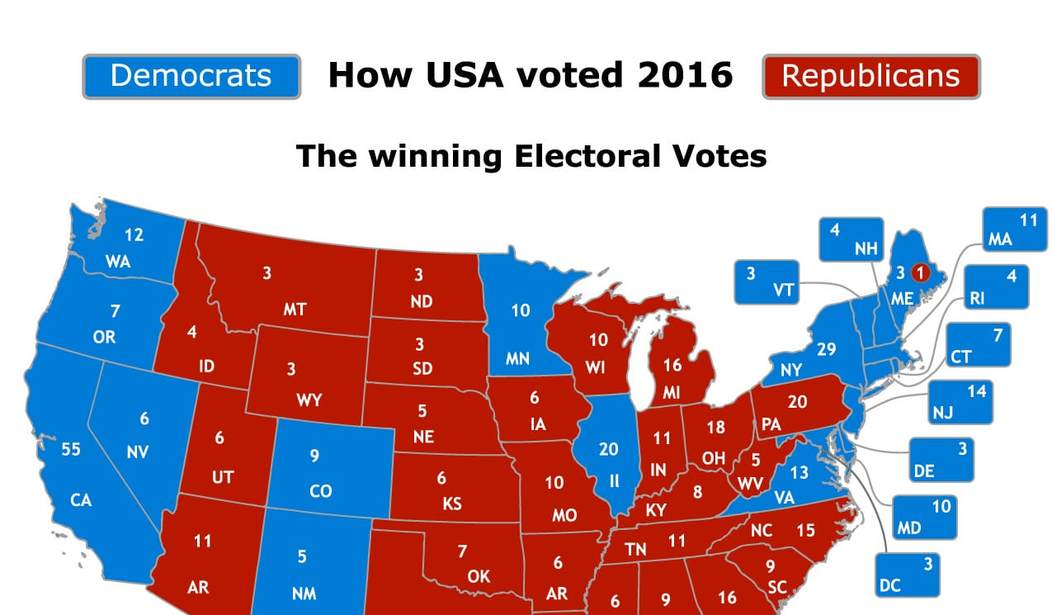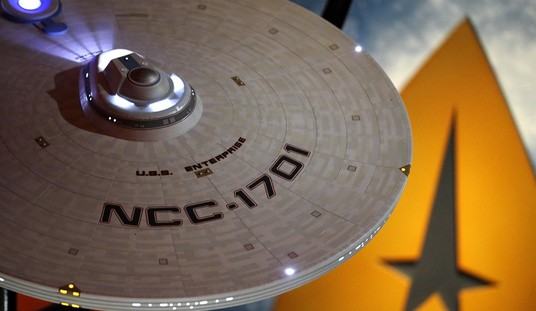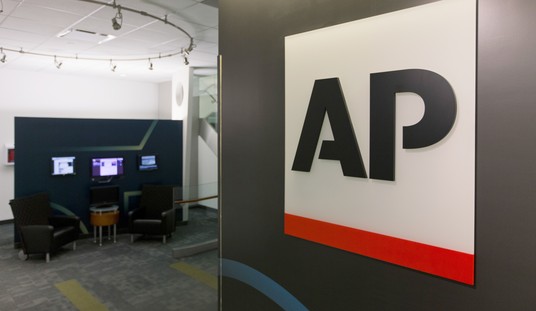The National Popular Vote movement is quietly trying to neutralize the Electoral College as it currently stands in our Constitution. What they are doing is perfectly legal, but short-sighted and damaging to our national election of a president every four years.
When one thinks of a “national popular vote” or “direct democracy,” one thinks of simply eliminating the Electoral College and replacing it with a strict popular vote. In other words, whoever wins 50 percent of the vote, plus one more (thus making a majority), becomes president. Never mind all this fuss about getting 270 electoral votes to win. Of course, we have only had five elections in the past 200-plus years in which the candidate who won the most votes lost the Electoral College (1824, 1876, 1888, 2000, and 2016), so this is not an issue that affects presidential elections often.
Recently, however, the National Popular Vote movement is trying a different tactic. They now are trying to form a compact of states that will assign their electoral votes to whoever wins the popular vote nationally, thus basically eliminating the purpose and power of the Electoral College. Their votes will not go to whoever wins their state, but rather to whoever wins the national popular vote. Connecticut just voted this month to be the latest state to join this compact (making a total of 11 states and the District of Columbia).
Surprisingly, even some conservatives are buying into this idea!
Would this be a good idea? It’s not just conservatives and libertarians who, in general, believe the Electoral College should not be messed with. Consider these articles from Slate and the Huffington Post.
What was the purpose of the Electoral College, and what could possibly go wrong if we eliminated it or neutralized it? In short the Electoral College was established in our Constitution so that the states would be the electing body for the president. We are the United STATES, after all, and not “the united provinces” or “united fiefdoms” existing as little subsidiaries with power emanating from the central government (although I often wonder if our country has devolved into that situation with an almighty federal government stripping power away from states). The founding fathers chose to let the states do the electing of our highest national officer.
Why? They wanted to spread out the national support for, and authority of, the president over all the different regional concerns and conflicts so that the president would not represent only one segment of the country. Virginia was the most populous state in 1787, and the framers of the Constitution did not believe that heavily populated states should have all the power. In the Electoral College, smaller states such as New Hampshire or Georgia would have a bigger percentage of an electoral vote than in a vote based only on their population.
The founders did not believe it would be good for the country to have a regional president who only gained the support of a few large population centers. (Generally, regional candidates have not fared well. Remember George Wallace in 1968? His third party, appealing only to the South, drew off enough votes from Hubert Humphrey to assure Richard Nixon of the presidency.) For more information on the founders’ ideas about the Electoral College, I suggest Alexander Hamilton’s notes in Federalist 68.
What could go wrong if we remove this current system? Plenty. Currently we usually have only two national candidates running for office. Occasionally we have a third candidate who has a chance to gain any electoral votes at all (such as Ross Perot in 1992, or Theodore Roosevelt, who won 88 electoral votes in 1912). What if, however, we have ten people running, or twenty? Don’t laugh. If you go to a National Popular Vote, don’t be surprised if you have more regional candidates who believe they win with only 34 percent of the vote. I can certainly see a political party (pick one) “flooding” the race with “fake” candidates in regional areas to water down or draw off votes from their opponent(s). Imagine so many candidates that the “victor” only takes 25 percent of the popular vote — or less.
Something else to think about — remember the election of 2000? The election came down to who would get Florida, and George W. Bush was elected president because of 537 votes. Now, imagine if an election were decided by a national popular vote, and it came down to just a few thousand votes across the entire nation. How many recounts would we have? Too many to count, I can imagine. What a nightmare. Would we even be able to seat a president with all the lawsuits going back and forth?
If we eliminated or watered down the Electoral College, this could very well be the scenario, and even the Huffington Post said this was a real possibility. The certainty we have in choosing a president through the Electoral College is certainly better than numerous recounts or run-offs or legal challenges like we would have in a national popular vote.
It is funny to me how the NPV people do not like a “winner take all” (state-by-state) vote in the Electoral College, but they want this new kind of “winner take all” in their compact of states in which 50 percent plus one more vote gets you a new president.
Then consider how the Electoral College forces a national candidate to actually go to various states to ask for votes. Currently, candidates MUST focus on such “swing states” such as Ohio, Florida, North Carolina, Pennsylvania, and now Wisconsin and Michigan. Missouri, Colorado, and Iowa are known to be states that are “up for grabs” from time to time as well. I know that the NPV people complain that candidates only campaign in the swing states and leave out such states as California and Georgia.
Well, since I live in Ohio, I can say (tongue in cheek) to those who do not live in swing states … you don’t know how lucky you are. We are hit with an avalanche of horrible negative presidential ads every four years, and there is barely a place to hide.
Some point out that in the last election the two main candidates still only went to metropolitan areas such as Philadelphia, Pittsburgh, Detroit, and Grand Rapids. (See paragraphs 20 and 21 in this TIME magazine article.) Well, no offense intended to those cities, but Detroit, Grand Rapids, and Pittsburgh are not exactly on the same par as Chicago and Houston as major population centers. I can tell you from the numerous times Donald Trump visited my state (Ohio) that people came from all over rural areas to see him (especially in the Democrat-controlled Mahoning Valley around Youngstown … which he handily won).
But imagine there is no Electoral College, or it is neutralized by the new NPV gameplan of a compact of states. Why even have states involved at all in national elections? State lines would barely matter, if at all. Now the battle would simply be between major metropolitan areas where the major population centers would be.
Look at New York City with a population of 8.5 million. The metro area around New York has 20 million people. Los Angeles has 4 million. Los Angeles County has 10 million. I counted 41 states in the U.S. that have a population less than all of Los Angeles County. The entire metro area of Los Angeles has roughly 13 million (so that would make 43 states with smaller populations).
In a national popular vote, you can see how one would only need to get the votes of major metropolitan areas such as the Boston to Washington corridor, Chicago, the West Coast (Seattle, San Francisco, L.A. to San Diego) and a few other major areas (such as Houston, St. Louis, Miami and Orlando), and you have a president. Essentially, California and the northeast elect the president, with a little help from friends in northern Illinois, Washington tate, and Florida.
You have all the votes you need in those areas, cancelling out the votes in “flyover” country. Whereas candidates used to vie for votes in North Carolina or Ohio, now they just go to the big cities in a national popular vote, and New York City and L.A. basically decide the outcome. Is that what you want?
Finally, can you imagine the even greater risk of voter fraud? I know that voter fraud has been going on as long as there have been voters and politicians. However, it has certainly increased in the past several years.
I know that in Ohio you do not need a photo ID but rather just a utility bill with your (supposed) name on it to verify it’s really you (thank you, Republican governor Bob Taft and the Republican legislature, for giving that to us years ago).
To date, there is no national data base for voter registration. (Can you imagine our federal government in charge of such a national data base? It makes me shudder.) If the states are not highly involved (as they currently are with an Electoral College) how will you stop more voter fraud? The FBI will do it? Sure.
Do you ask candidates where they stand on this issue? Do they believe in changing the Electoral College? You should be asking them. What we have works, and normally it works just fine, usually reflecting a wide and deep support for a nationwide presidential candidate. The National Popular Vote movement does not offer us a better way to choose a president than what our founding fathers gave us.









Join the conversation as a VIP Member